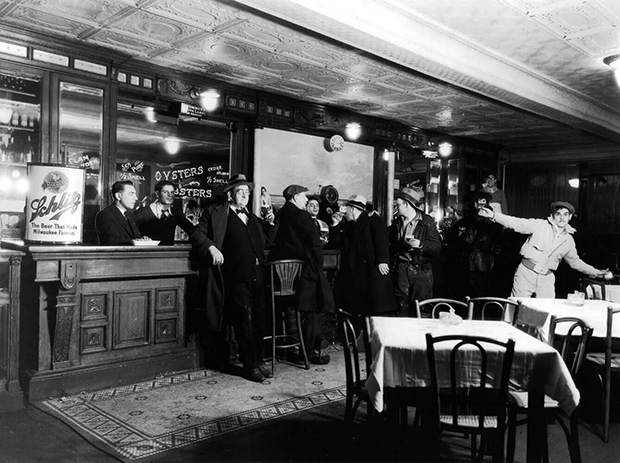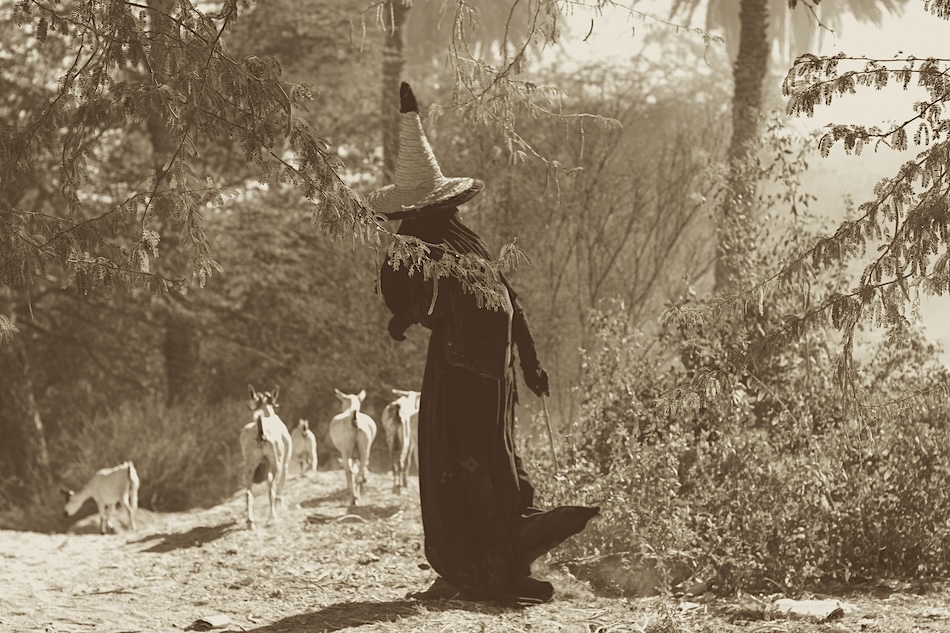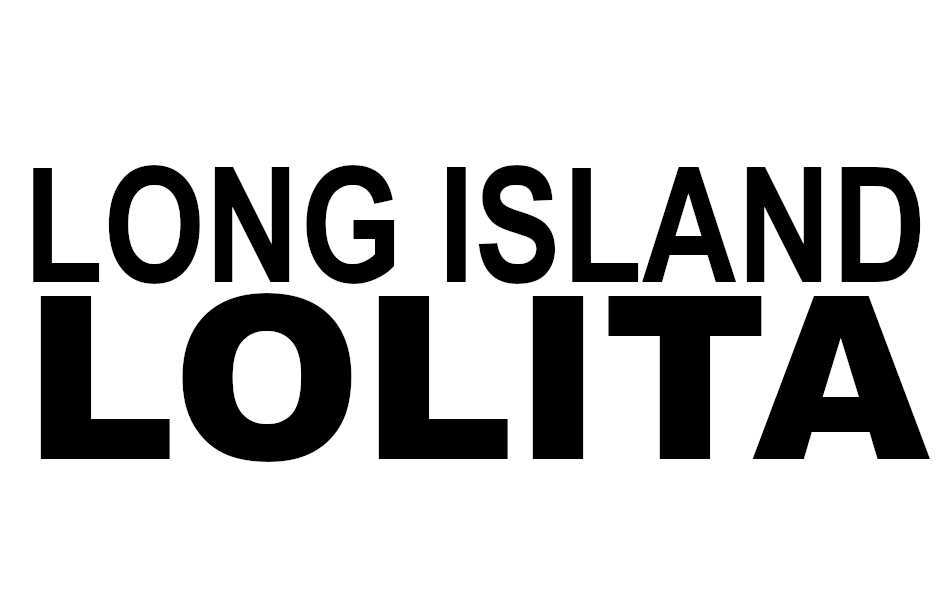From 1920 to 1933, Long Island played a pivotal role during America’s Prohibition era. Despite the 18th Amendment’s ban on liquor, beer, and wine, Long Island became a hotbed for rum running, speakeasies, and organized crime. This period saw regular citizens smuggling contraband, innovative bartenders masking the taste of homemade spirits, and a rise in violent crime. Here is how Long Island played a central role during this notorious chapter in American history.
The 18th Amendment and Rising Crime
- Ratification and Legislation: The 18th Amendment was ratified on January 16, 1919, starting the Prohibition Era. Congress then passed the Volstead Act in 1919, and the law took effect in January 1920.
- Speakeasies and Crime: Speakeasies emerged everywhere, including Long Island, and bootlegging activities increased, leading to a rise in organized crime.
- Malt Shops: “Malt shops” sold ingredients for home alcohol production, despite brewing beer and distilling liquor remaining illegal. Harold Schackman opened a successful malt shop in Patchogue in 1927, expanding to Riverhead the next year. His shop was raided by federal agents in 1933.
- Local Impact: Suffolk County District Attorney Alexander Blue remarked that liquor smuggling on Long Island kept New York City “wet.” Trucks disguised as newspaper or bakery delivery vehicles often transported illegal liquor.
- Community Involvement: Long Island farmers and fishermen were paid up to $150 for storing liquor, contributing to nearly one-third of all liquor entering Manhattan coming from Long Island.
- Law Enforcement and the KKK: The Ku Klux Klan on Long Island collaborated with law enforcement to enforce prohibition, often operating without official police authority.
Speakeasies
- Texas Guinan’s Show Palace: Famous performer “Texas” Guinan ran a speakeasy on Merrick Road in Valley Stream.
- Cove Inn Raid: In 1923, the Cove Inn in Port Washington was raided, resulting in the seizure of barrels of ale, cartons of beer, and liquor.
- Claudio’s in Greenport: Claudio’s restaurant maintained a secret bar stocked with smuggled liquor during Prohibition. The bar’s liquor was hidden behind trap doors, one of which still exists today.
- J.J. Sullivan Hotel: Riverhead’s J.J. Sullivan Hotel, now called Tweed’s, had a speakeasy and a trap door used to pass liquor to a neighboring bakery.
- Other Speakeasies: Notable spots included the Canoe Place Inn in Hampton Bays, Savage’s Hotel in Zachs Bay, and the Sea Breeze Inn in Wantagh. In Port Jefferson, establishments like Barker’s Hotel and Bennett’s Restaurant served liquor.
- Freeport Speakeasies: A 1929 Brooklyn Daily Eagle article listed 15 speakeasies in Freeport, such as Buffalo Avenue’s speakeasy run by Lulu Agard, Casino Pool, and the 300 Club.
Rum Runners
- Geographic Advantage: Long Island’s extensive shoreline made it ideal for smuggling alcohol. Local baymen, with their knowledge of the waterways, became key players in rum running.
- Rum Row: Captain Bill McCoy pioneered rum running, anchoring off Long Island with foreign liquor. His and other vessels formed Rum Row, which the Coast Guard initially struggled to regulate due to their foreign registrations.
- Freeport Point Shipyard: This shipyard built patrol boats for the Coast Guard and boats for rum runners, like Dutch Schultz’s three 42-foot rum running boats.
- Long Beach and Montauk: Long Beach was a notorious rum running spot, with officials rumored to signal bootleggers. In 1932, 11 men were arrested when their ship, the Algie, grounded near Montauk Point with a large cargo of whiskey.
- W.T. Bell Incident: In 1927, the W.T. Bell, a converted lumber schooner, went aground near Bayville with a $500,000 cargo of bootleg scotch and whiskey. Locals looted the ship before authorities could seize the remaining cargo.
- Artemis Escape: In 1931, the Artemis, a rum runner, rammed a Coast Guard patrol boat off Orient Point and escaped, later being repurposed as a ferry.
- Lizzie D: This tugboat used for rum running sank in 1922. Divers have since recovered whiskey bottles from the wreck.
- North Shore Activity: Rum runners on the North Shore were emboldened due to the limited number of Coast Guard boats patrolling the area. Bay Houses were used to stash booze before unloading.
These stories paint a vivid picture of Long Island during Prohibition, a time of illicit activity and creative resistance to the nationwide ban on alcohol.
Claudio’s on the day of Prohibition repeal in 1933. Photo: Claudio’s Website.




